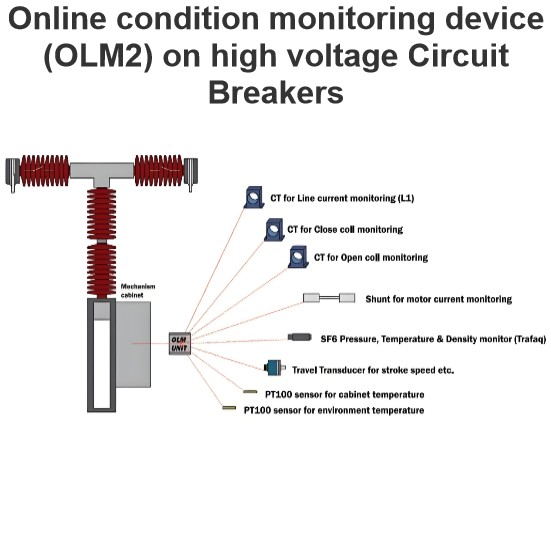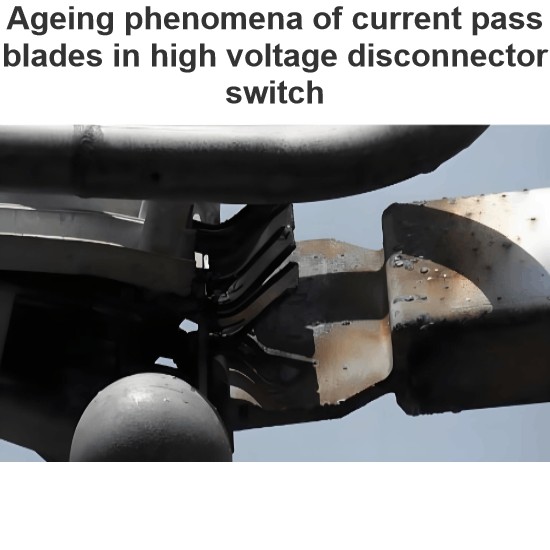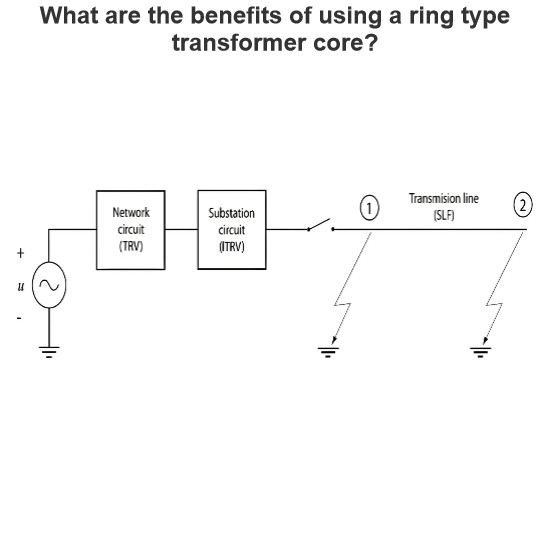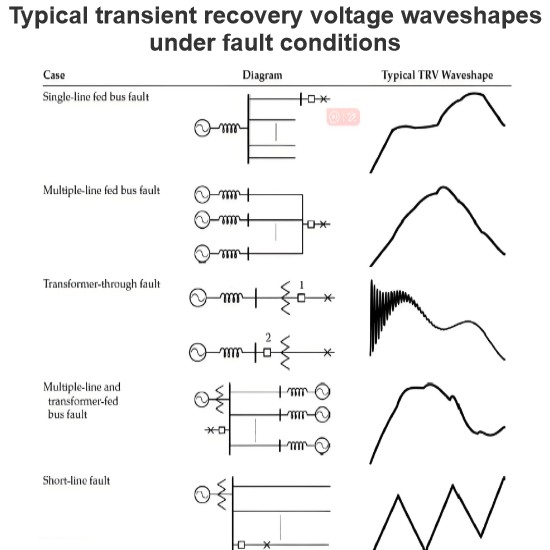Earthing Switches definition in high voltage conventional substations
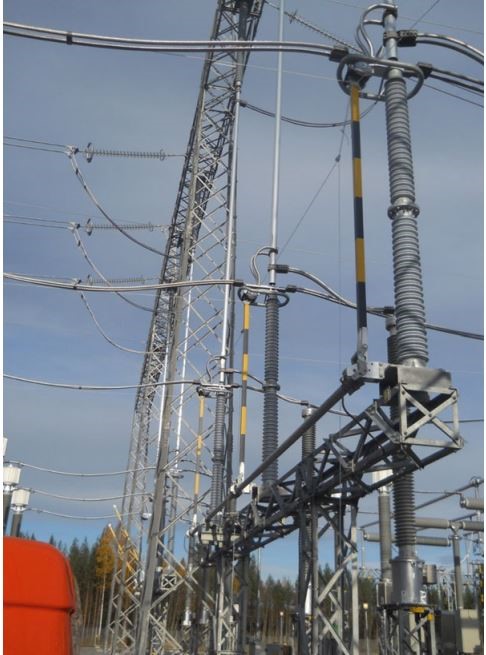
Overview of Grounding Switches
A grounding switch is a mechanical device specifically designed to safely connect a circuit to earth (ground). It is capable of withstanding fault currents for a certain period during short circuits or other abnormal conditions, while not carrying load current during normal operation. Therefore, grounding switches play a crucial role in power systems by ensuring the safety of personnel and equipment.
Key Functions
Grounding switches should be able to perform the following critical operations:
- Make and Break Capacitive Current: When the grounding connection is opened at one terminal and switched to ground at another terminal, the grounding switch must reliably make and break capacitive currents.
- Make and Break Inductive Current: When the line is grounded at one terminal and switched to ground at another terminal, the grounding switch must effectively handle the making and breaking of inductive currents.
- Continuously Carry Capacitive and Inductive Currents: In certain situations, the grounding switch may need to continuously carry capacitive and inductive currents for a short duration, ensuring system stability and safety.
Applications and Combined Use
Grounding switches are typically used in conjunction with circuit breakers to form a comprehensive protection system. This combination provides enhanced protection, ensuring rapid and safe isolation of faulted areas under various fault conditions. However, grounding switches can also be used as standalone devices, particularly in specific application scenarios.
To further enhance system safety, grounding switches are often interlocked with circuit breakers or stand-alone circuit breakers. This interlocking mechanism prevents the grounding switch from being operated under undervoltage conditions, thereby avoiding potential safety risks.
Summary
Grounding switches are essential safety devices in power systems, providing reliable grounding protection during short circuits and other abnormal conditions. Their design and functionality ensure safety and reliability across different operating conditions, especially when making and breaking capacitive and inductive currents. By combining grounding switches with circuit breakers, a robust protection system is achieved, ensuring the stable operation of power systems.

